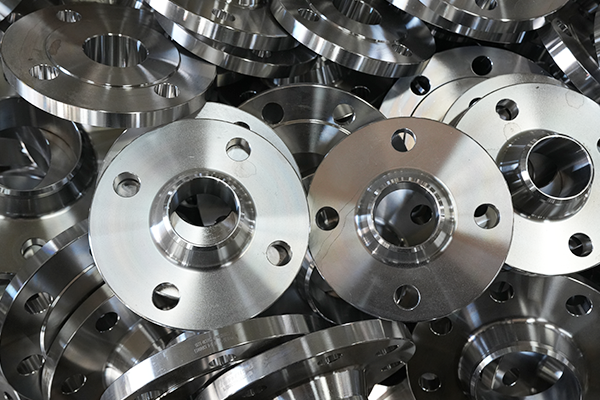NewsDetails
Advanced Technologies and Methods for Seamless Steel Pipe Quality Inspection
author:Zhantong time:2025-05-23 01:02:28 Click:171
Advanced Technologies and Methods for Seamless Steel Pipe Quality Inspection
Ensuring the quality of seamless steel pipes is critical for their performance in demanding applications such as oil and gas, pressure vessels, and structural systems. Modern inspection technologies have evolved to improve detection accuracy, reliability, and production efficiency. Below are the most advanced quality inspection methods currently applied in the seamless pipe industry.
1. Ultrasonic Testing (UT)
Purpose:
Detect internal defects such as cracks, inclusions, and laminations.
Key Features:
Uses high-frequency sound waves to detect flaws inside the pipe wall.
Can be automated for 90% online inspection.
Applicable for wall thickness measurement and flaw sizing.
Advantages:
High sensitivity, deep penetration, and real-time results. Essential for pipes used in pressure systems and structural applications.
2. Eddy Current Testing (ET)
Purpose:
Detect surface and near-surface defects, particularly on smaller-diameter pipes.
Key Features:
Induces an electromagnetic field in the pipe to identify disruptions caused by cracks or surface flaws.
Often integrated into high-speed production lines.
Advantages:
Fast, non-contact method; suitable for detecting longitudinal cracks and pits.
3. Magnetic Particle Inspection (MPI)
Purpose:
Detect surface and slightly subsurface discontinuities in ferromagnetic materials.
Key Features:
Involves magnetizing the pipe and applying iron particles.
Particles gather at discontinuities, making flaws visible under UV or white light.
Advantages:
Highly effective for surface crack detection on pipe ends and weld areas.
4. Radiographic Testing (RT)
Purpose:
Inspect internal structure and verify weld integrity (especially in welded components).
Key Features:
Uses X-rays or gamma rays to capture images of internal flaws.
Provides a permanent record of inspection.
Advantages:
Accurate and detailed visualization of internal flaws. Used when other NDT methods are inconclusive.
5. Hydrostatic Testing
Purpose:
Verify the pipe’s ability to withstand internal pressure without leaking or deforming.
Key Features:
Water is pumped into the pipe at a specified test pressure (typically 1.5x working pressure).
Pressure is held for a specified time and monitored for drops.
Advantages:
Directly tests the structural integrity and sealing performance. Required by many standards (e.g., ASTM, GB/T).
6. Dimensional Inspection
Purpose:
Ensure the pipe meets specified dimensions such as outer diameter, wall thickness, roundness, and length.
Key Features:
Laser or mechanical measuring devices are used.
Can be performed online or offline.
Advantages:
Ensures compliance with tight tolerances required in high-precision applications.
7. Visual and Surface Inspection
Purpose:
Identify surface defects such as scale, cracks, dents, or rust.
Key Features:
Conducted manually or with high-resolution cameras and AI systems.
End-face and inner surface inspections are included.
Advantages:
Simple but essential step for aesthetic and functional assessment before shipment.
8. Metallographic Analysis
Purpose:
Examine microstructure to assess grain size, inclusions, and heat treatment effectiveness.
Key Features:
Involves sample cutting, polishing, etching, and microscopic examination.
Often used in R&D or failure analysis.
Advantages:
Provides insights into the metallurgical quality and process control effectiveness.
Conclusion
Modern seamless steel pipe inspection integrates multiple technologies—automated UT, eddy current arrays, AI-powered visual systems, and traditional methods—to ensure full-spectrum quality assurance. Adopting these advanced inspection techniques not only enhances product reliability and safety but also helps manufacturers meet increasingly stringent international standards.
 Recommended Products
Recommended Products
 Contact us
Contact us
—— Contact:Manager
—— Tel:+86 15231788966
—— Email:info@zhantongpipe.com
—— Url:https://www.zhantongpipe.com
—— Address:Mengcun Hui Autonomous County, Cangzhou City, Hebei Province









